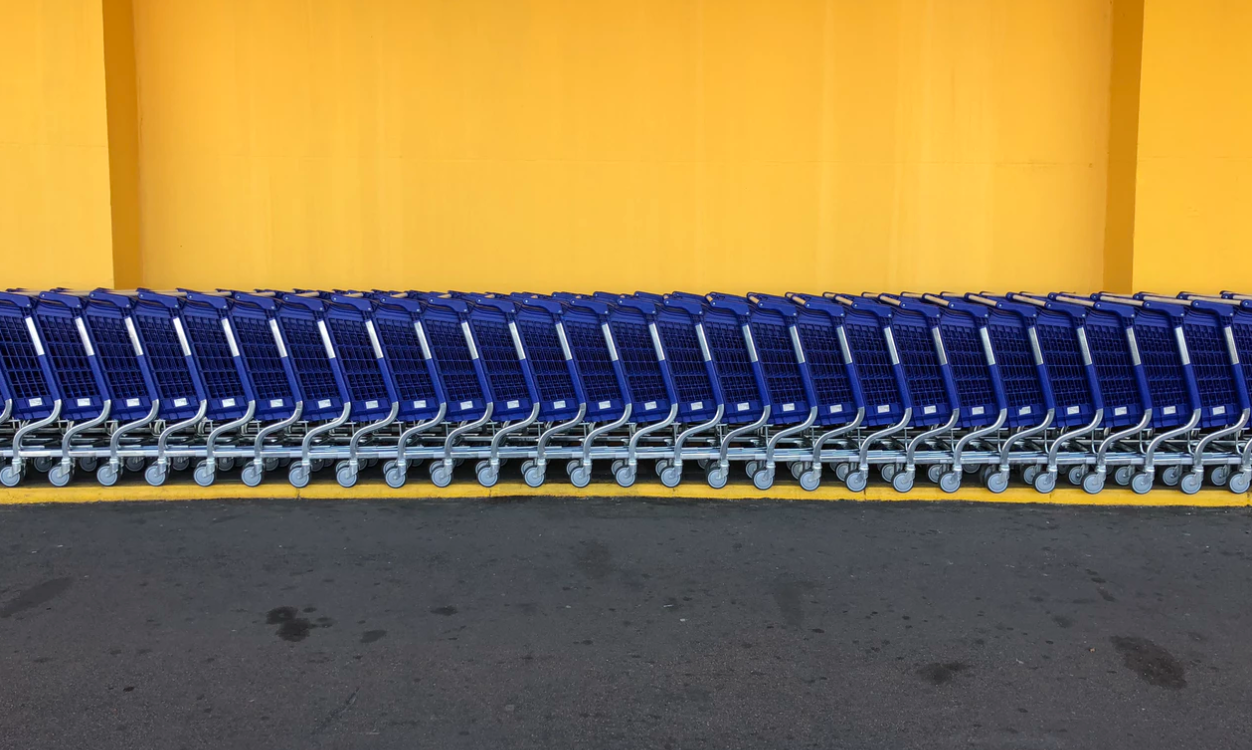There’s a lot of talk in Australia about what makes a good Fish & Chip shop. It just so happens I know the answer to this question, and based upon this tweet by Heath, it has become clear I must share my rules right here.
Fish & Chip Shop rules:
- Cannot sell other food items which traditionally live outside of the Fish & Chip ecosystem. Namely pizza and kababs.
- Cannot be attached to another retail outlet such as a Milk bar. Must operate single business operation.
- Must have fish tiles on the wall.
- Must have wall poster of local fish population.
- Must wrap Fish & Chips in paper. Boxes are an unacceptable packaging material.
- Must not provide tomato sauce. Only salt and vinegar. Tomato sauce you have at home or go without. It’s just the way it is.
- Must sell pickled onions in a plastic tub on the counter, with the price written in a marker pen on the side.
- Must have traditional retro cans of beverage for sale in the drinks fridge such as Creamy Soda and Passiona.
- Drinks fridge must have a sign which says: “Please make selection before opening door”.
- Must make hamburgers and include a hamburger with the lot which has the options of beetroot, egg and pineapple.
- Hamburgers must be built on the grill while they cook by an expert burger cook.
- Must be run by hard working immigrant Greek family – the inventors & stalwarts of the local Australian fish & chip shop tradition.
- Must have home made chips from own potatoes. Frozen chips from bag are unacceptable.
- Must make potato cakes in house and dip in batter, just prior to dropping in deep fryer.
- Must provide both fired and steamed dim sims. These of course, must come from the frozen bag variety.
- Pricing board must be above the cooking fryers with prices written in chalk to allow for inevitable price inflation.
- Must have retro 1980’s arcade machine with a single game such as Galaga or Pacman.
- Must claim to be ‘local fish supplier’ of some random restaurant or pub in the local area.
- Must be located in working class area, preferably in the Western Suburbs.
- Should not be in obvious seaside location and counter intuitively be far away from waterway or estuary.
- Must be closed on Mondays.
- Must only be staffed by family members.
- Must have wide multi coloured plastic strip at door entry – to keep flies out.
- Must have cabinet at the front of the store window to display the ‘fresh’ fish.
- Must have semi inappropriate Chiko Roll poster on wall.
- Must sell ‘apple turnover’ oily apple pie with thick pastry.
- Must sell banana and pineapple fritters.
- Must wrap non-fried items in separate paper.
- Must use metallic industrial sized salt shaker to deeply cover chips in salt.
- Insert your rule here….
So why am I telling you this here on Startup Blog? Because sometimes the real innovation is about having the presence of mind to maintain a tradition in the face of change. While fish & chips might not be a thing where you live, I’m sure there is some kind of equivalent food or retail outlet. When change is the order of the day we can become worth talking about when we don’t change, or even bring back things of value which got lost along the way.
Leadership ironically, is sometimes about being a stalwart of the past.




